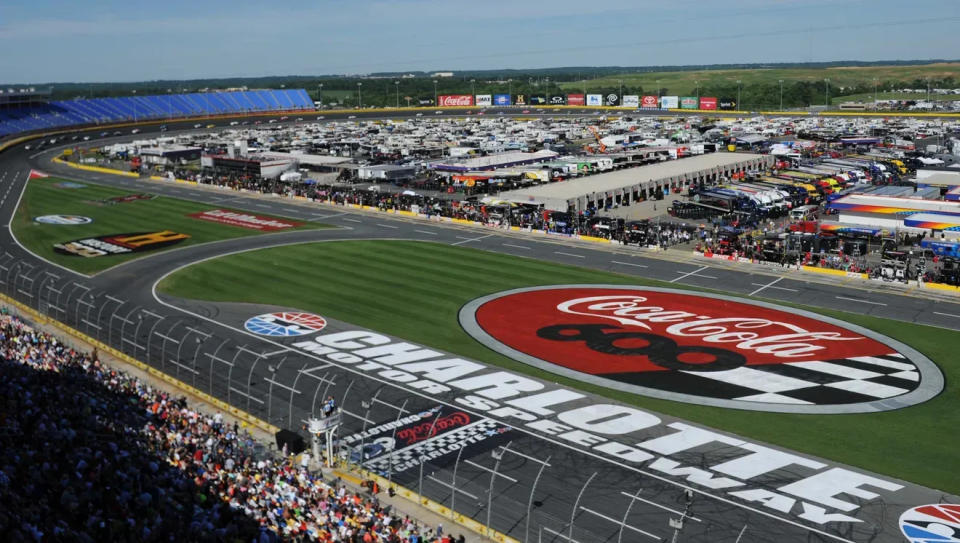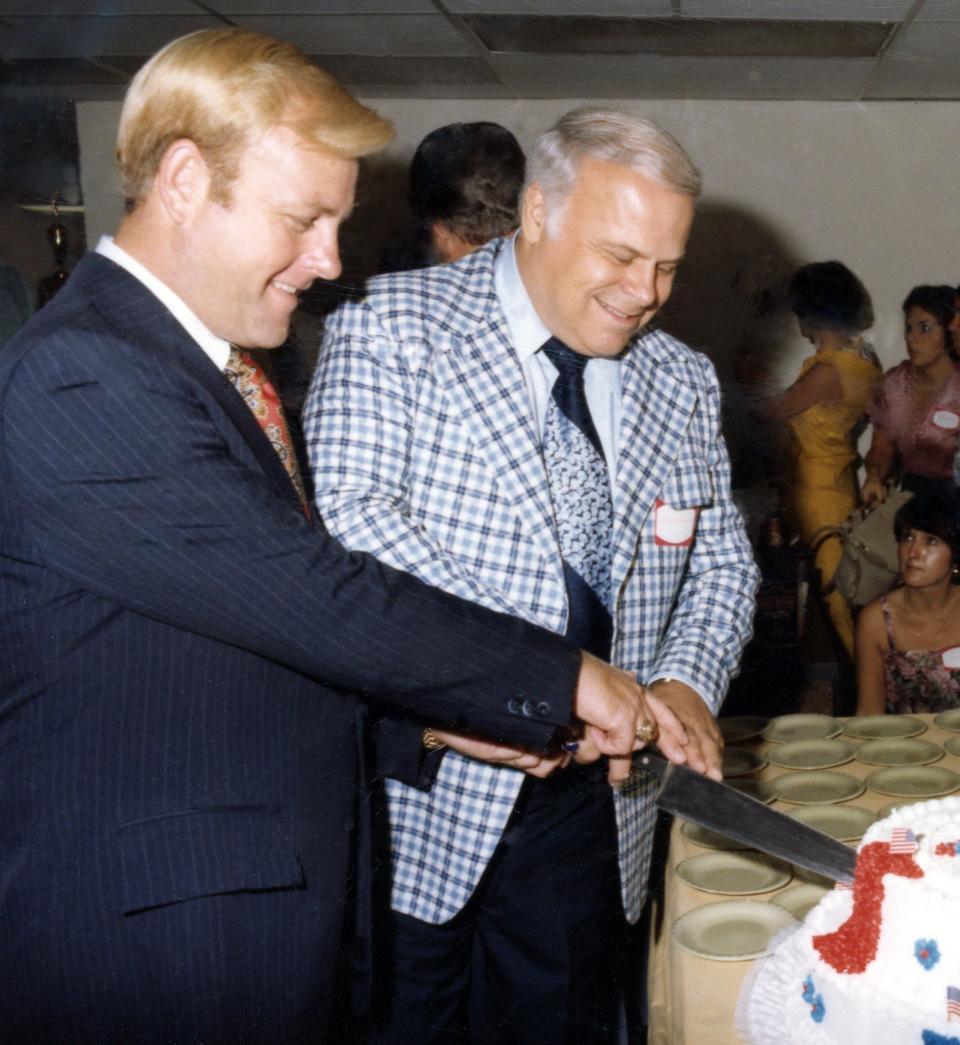Charlotte Motor Speedway | Messy beginning gave way to major role in NASCAR history
Charlotte Motor Speedway, host to Sunday’s Coca Cola 600, provides the closest thing NASCAR teams have to a home game.
Daytona might be the birthplace of NASCAR and remains the home of the headquarters, but Charlotte is where the players, by and large, get their mail. Nearly every NASCAR racing operation is within the surrounding area, as is NASCAR’s sprawling Research & Development center and the sport’s Hall of Fame.
In the earliest days of Charlotte Motor Speedway, however, the track’s viability and its eventual place in stock-car hierarchy were far from a given. Construction issues, financial hardships (and a bankruptcy thrown in), power struggles … the sordid details are lengthy and messy, but eventually Bruton Smith gained control and his family, under son Marcus Smith, remains in charge.

Let’s take a look at Charlotte Motor Speedway’s history …
∎ The speedway actually sits in the Charlotte suburb of Concord, the county seat of Cabarrus County. The area’s founding in the 1700s included much feuding between the German and Scotch-Irish immigrants who’d settled there. Eventually they agreed on the name Concord, which means “to bring into harmony” — that would prove rather ironic two centuries later during the speedway’s turbulent infancy.
∎ Not to say the original speedway developers had lofty expectations, but they not only added 100 miles to the industry standard for long races, but attached a less-than-subtle label: The World 600 was born in 1960.
∎ Joe Lee Johnson won the first World 600, with Johnny Beauchamp second. About 15 months earlier, Beauchamp lost a photo finish to Lee Petty in the first Daytona 500. No cameras needed this time — Johnson finished four laps ahead of the runner-up.
∎ Coca Cola took over naming rights for the Memorial Day weekend race in 1985. Corporate naming rights were common by then, but Bruton Smith and track president Humpy Wheeler would dramatically rewrite the rules in 1999 when they sold naming rights for the entire speedway to Lowe’s, which kept those rights for 11 years.

∎ Bruton Smith’s Speedway Motorsports Inc. had installed lights at one of its other tracks, Bristol, but again changed NASCAR’s trajectory by installing lights at Charlotte in 1992. Proving a 1.5-mile track could be successfully illuminated for racing, the race was on for lighting up superspeedways and Iowa-based Musco Lighting became a household name in NASCAR.
∎ Jimmie Johnson’s eight wins are the most all-time at Charlotte.
∎ In 1791, President George Washington toured the south, including the Charlotte area. He reportedly ate lunch "and rested" at a home that, some 170 years later, serves as the Speedway's original ticket office.
∎ From the first (David Pearson in 1961) to the most recent (Austin Dillon in 2017), 10 drivers have won their first Cup Series race at Charlotte. Along with Pearson, four others would go on to NASCAR Hall of Fame careers: Buddy Baker, Jeff Gordon, Bobby Labonte and Matt Kenseth.
This article originally appeared on The Daytona Beach News-Journal: NASCAR at Charlotte, from Bruton and Humpy to ... George Washington?

